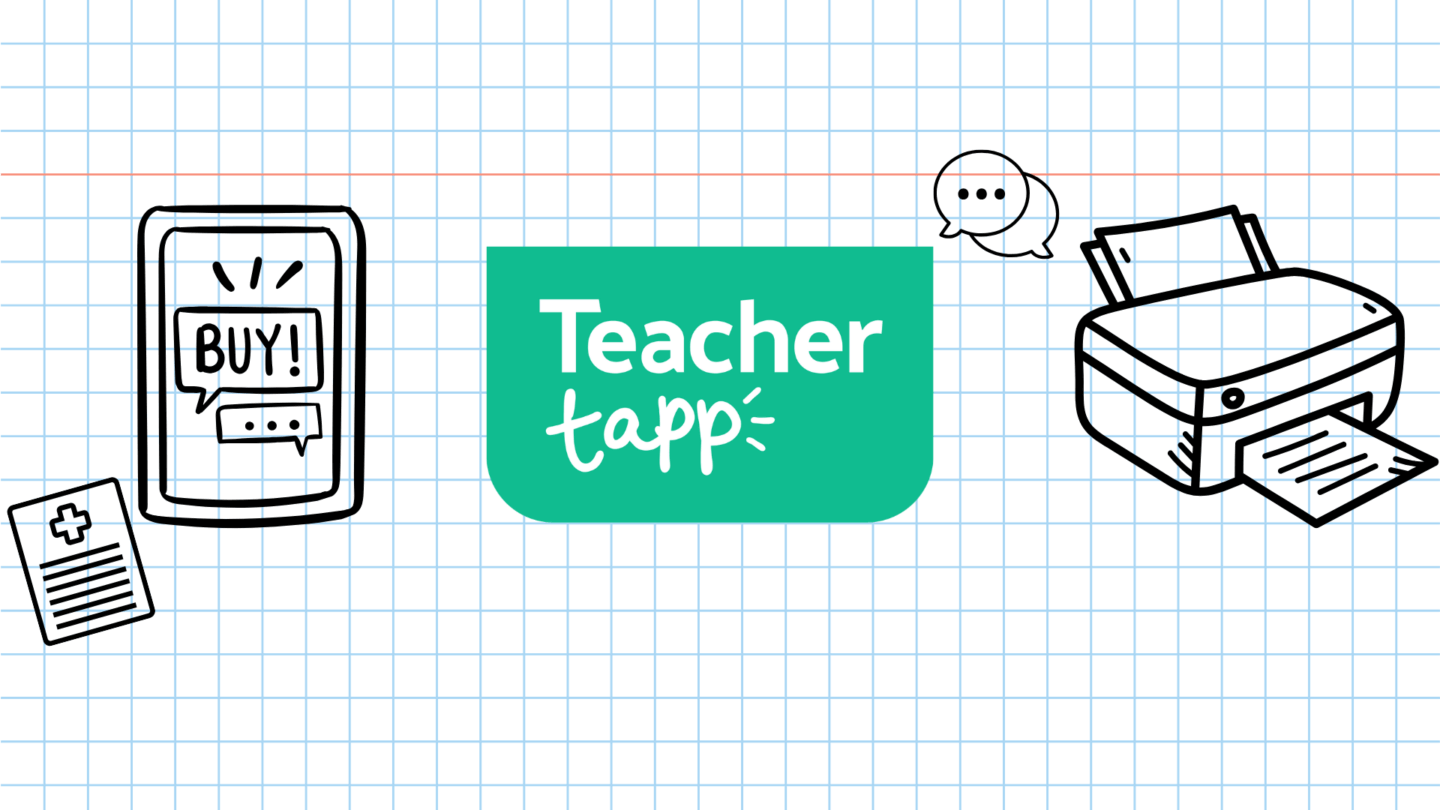Another week of mostly being told to STAY HOME & SAVE LIVES. But what does that mean when you’re also trying to teach reception or impart science knowledge to hundreds of children? We know that a small percentage of you are still in school each day, but here’s what we’ve learned this week about those of you working from home…
1. Are you working under the stairs?!
Trying to recreate a live learning environment, while simultaneously home-schooling your own children and sharing space with partners, friends and relatives is a big ask! Do you even have the square footage to manage? After several weeks of speaking to people shoved under stairs or trying to rotate use of the living-room, we wondered: where is everyone working?
The results threw up the finding that: at least 40% of teachers have a ‘study’ they could have worked in, though only around 20% of you did so.
Where else did you go to work? As the graph below shows, the living room was the most popular location for all age groups. However, bedroom was next most popular for those in their 20s; then dining rooms for those in their 30s and 40s; followed by study for those in their 50s.

A simple reason for the difference is that teachers in their 20s are more likely to be in a house share or living with parents, whereas those in their 50s are most likely to have older children and so can requisition a former bedroom as an office!
But what about all those empty study areas? Why isn’t everyone who has one, working in it? Several tappers pointed out that their partners, who had endless phone calls in their non-teaching jobs, had taken the room. In other cases, it was kept as a booth for whoever needed to make a call – with one teacher sharing a picture of their kitchen table with themselves, their partner, and their two adult children all working at the main desk: “It’s like a call centre in here!”
2. The Hours Drain
Today, the Ofsted Chief Inspector said she wasn’t sending inspectors into schools to help out with the current crisis because Teacher Tapp suggested that teachers were working much shorter hours at the moment and so weren’t crying out for extra help.
Was she right? In a word: yes. For the past three weeks, the majority of teachers have said they are working fewer hours than in normal circumstances. Some of these weeks covered the Easter holidays, and we know that about 40% of teachers were given those weeks off. But even so, if we look just at last week (the third column below), in which everyone was back at school, 64% of teachers still said they were working shorter hours.

How much less are teachers working? The four bars below show three days during term-time in May, October and November 2018, followed by the hours worked on Thursday last week. On an ordinary day, a tiny percentage of teachers work five hours or less. Last Thursday, over 40% of teachers did so.

Of course, this isn’t surprising and it doesn’t show that teachers are doing anything wrong. Teaching from a distance necessarily outsources behaviour and motivation management to parents. Plus, lots of school life simply isn’t happening at the minute. Take away the organisation of sports day, extra-curricular activities, school trips, parents’ evenings, open evenings, data collection activities for the government, and it’s not surprising that workload drops.
Furthermore, there’s no commuting time, which means the phenomena of teachers getting to school super early to avoid traffic has reduced and people are immediately at home at the end of the day – something which can reduce the perception of the length of the working day.
3. What are you working on?
Although the working hours may seem shorter, teachers are doing lots of things!
Live streaming lessons remains rare in the state sector but remains prevalent in the private sector – with 52% of primary and 66% secondary schools using it. Streaming has grown a smidge in the state secondary, with around 9% of teachers now doing so in some format. However, creating worksheets is the most common activity and, while we didn’t ask about it in this question, we know that there is a lot of emailing and messaging online happening too.

In part, these differences in work tasks are due to the different resources that teachers are using. Primary schools often have online app subscriptions for maths, literacy and other curriculum products as part of their homework offer and are recommending children continue with these. In secondary schools, the large range of online maths products also means that maths teachers are recommending these to their pupils and are spending much less time creating resources.
Humanities, English and Arts teachers, meanwhile, are much less well served by online products and so are relying on resources they have created.

An interesting comparison in the graph above is around BBC Bitesize and Oak National Academy, the two online ‘whole curriculum’ resources announced by the government last weekend. BBC is pulling ahead for all groups, but primary, English and Science secondary teachers are using Oak at the highest rates – and with an overall 12% of teachers saying they are recommending it, that’s over 60,000 teachers benefitting and can maybe stop spending so much time making worksheets!





